Insects and bugs, often overlooked or feared, constitute the most diverse group of organisms on Earth, playing essential roles in various ecosystems. From pollinating plants to breaking down waste, these creatures facilitate numerous ecological processes critical for survival. This blog post delves into some of the most bizarre and fascinating facts about these small yet significant beings, revealing the hidden complexities of their world. Prepare to be astonished by the weird and wonderful aspects of bugs and insects that defy common perceptions and highlight their extraordinary capabilities.
Contents
Bees: Not Just Honey Makers
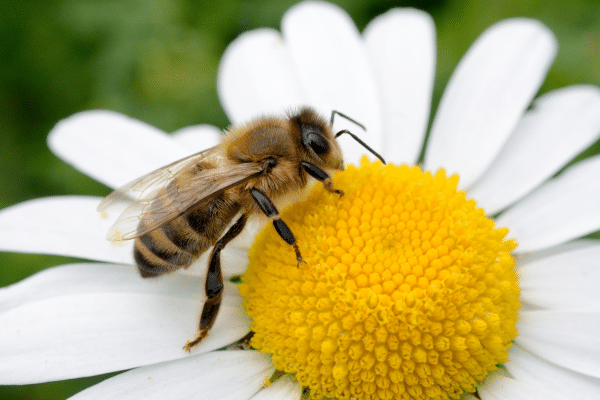
Bees exhibit a remarkable social structure within their colonies, akin to a well-oiled machine, with each bee playing a specific role, from queen to worker, ensuring the hive’s survival and efficiency. Their communication method, famously known as the “waggle dance,” allows them to share information about the location of food sources with remarkable precision. These dances vary in duration and direction, reflecting the distance and position of flowers in relation to the sun, showcasing a sophisticated form of language among these buzzing creatures.
Another intriguing aspect of bees is their ability to recognize human faces, a trait once thought to be unique to advanced mammals. Scientists discovered that bees use a mechanism similar to humans’ facial recognition system, involving the processing of complex visual patterns. This ability helps bees identify and differentiate between human faces, aiding them in detecting threats and distinguishing between beekeepers and strangers, thereby demonstrating the intricate cognitive abilities of these seemingly simple insects.
Ants: Superheroes Of The Insect World
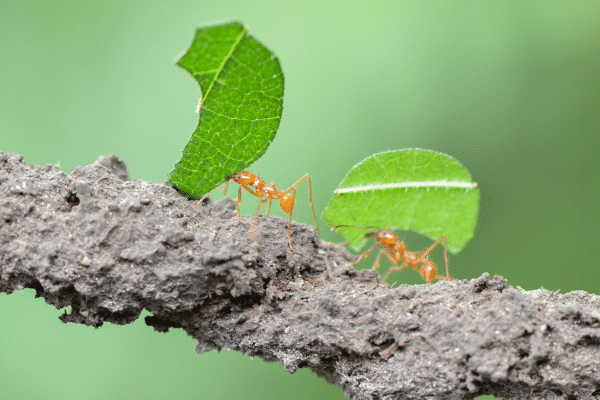
Ants, often seen marching in lines, are renowned for their strength and collaborative spirit, capable of lifting and carrying objects several times their weight. This feat is achieved through their robust exoskeletons and extraordinary muscle power, which allow them to maneuver large items with precision. Their organized colonies, which can number in the millions, operate as a single entity, with each ant performing tasks that benefit the collective, from foraging for food to defending the nest, exemplifying nature’s version of a complex, cooperative society.
Beyond their physical strength, ants exhibit sophisticated behaviors in constructing and maintaining their colonies. Some species practice agriculture, cultivating fungi in their nests as a food source, while others engage in a symbiotic relationship with aphids, protecting them in exchange for honeydew. These intricate social structures and behaviors demonstrate ants’ ability to adapt and thrive in various environments, highlighting their role as pivotal ecological agents within their ecosystems.
Spiders: Masters Of Engineering
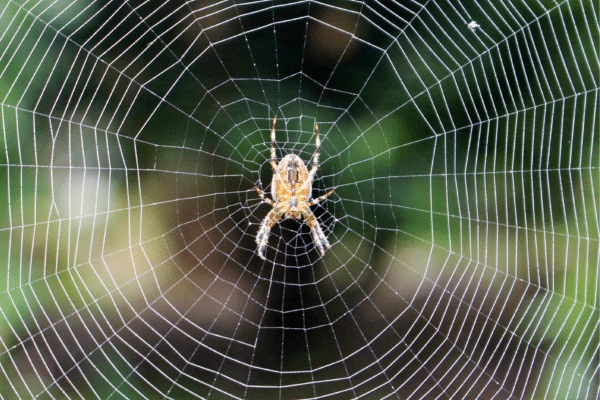
Spiders showcase remarkable architectural skills, constructing intricate webs that serve as both homes and traps for prey. Each species has a unique web design, ranging from the symmetrical orbs of garden spiders to the chaotic tangles of cobweb spiders. These structures are not only marvels of natural engineering but also highly efficient hunting tools, allowing spiders to capture food with minimal effort. Scientists study spider silk for its strength and elasticity, hoping to replicate its properties in synthetic materials. This fascination with spider web design reflects a broader interest in biomimicry, the practice of emulating nature’s designs to solve human problems.
In addition to their architectural prowess, spiders possess fascinating hunting strategies. While many rely on their webs to ensnare prey, others employ active hunting techniques. Jumping spiders, for example, exhibit advanced vision and intelligence, stalking their prey before leaping to capture it. Some species use vibration and air currents to communicate and navigate, demonstrating a keen sensory perception that rivals that of many larger animals. These hunting methods highlight the spider’s adaptability and the diversity of strategies employed by different species to survive in various environments.
Butterflies: Nature’s Artisans
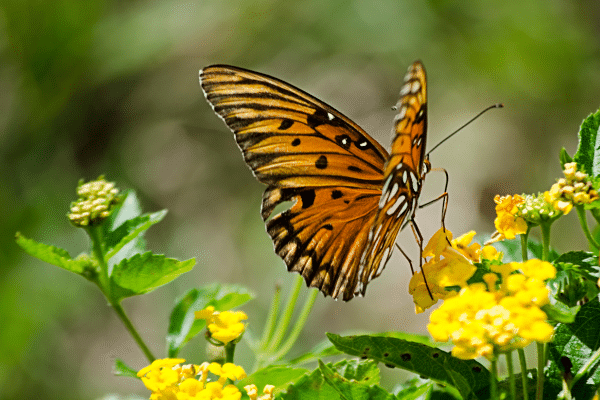
Butterflies are celebrated for their vibrant colors and patterns, which play a crucial role in their survival and reproduction. The metamorphosis process, a hallmark of their life cycle, is one of nature’s most fascinating phenomena. Starting as caterpillars, they undergo dramatic transformations, emerging as flying artworks. This process serves not just as a means of growth but also as a strategy for survival, allowing them to escape predators and exploit new ecological niches. The vivid colors of butterflies are not merely for display; they also communicate warnings to predators or attract mates, showcasing the intricate relationship between form and function in the natural world.
Migration patterns of butterflies, particularly the Monarch butterfly, are among the most remarkable in the animal kingdom. These insects travel thousands of miles, navigating with precision to specific overwintering sites, a journey that spans multiple generations. The navigational capabilities of butterflies, guided by celestial cues and the Earth’s magnetic field, remain a subject of scientific inquiry and amazement. This incredible journey underscores the endurance and complexity of butterfly species, revealing the hidden strength behind their delicate appearance.
Dragonflies: The Ancient Aerialists
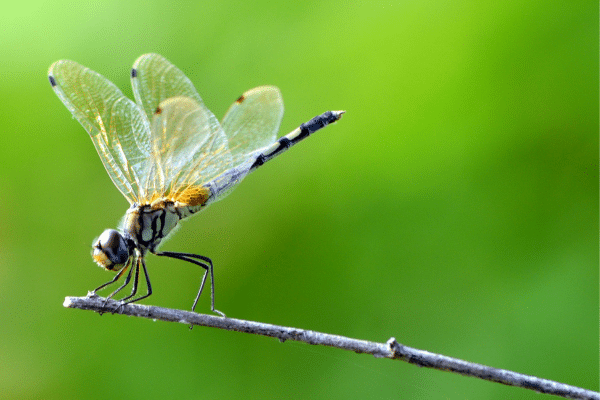
Dragonflies are among the oldest insect species, with fossils dating back millions of years. Their evolutionary history speaks to an incredible adaptability and resilience, allowing them to thrive in various environments. Today, dragonflies are found worldwide, from serene ponds to bustling urban wetlands. Their body design, optimized for flight, has remained relatively unchanged over the ages, showcasing a successful evolutionary blueprint. The compound eyes of dragonflies, large and multifaceted, provide them with exceptional vision, crucial for detecting movement and capturing prey.
The flight capabilities of dragonflies are unparalleled in the insect world. They can hover in place, fly backwards, and execute sudden turns and sprints, reaching speeds of up to 35 miles per hour. These skills make them formidable hunters, capable of catching prey mid-air with a precision that is awe-inspiring. Dragonflies typically hunt mosquitoes and other small insects, playing a vital role in controlling pest populations. Their presence in an ecosystem is often a marker of environmental health and water quality, as they require clean, unpolluted water for their larvae to thrive.
Cockroaches: Survivors Of The Ages
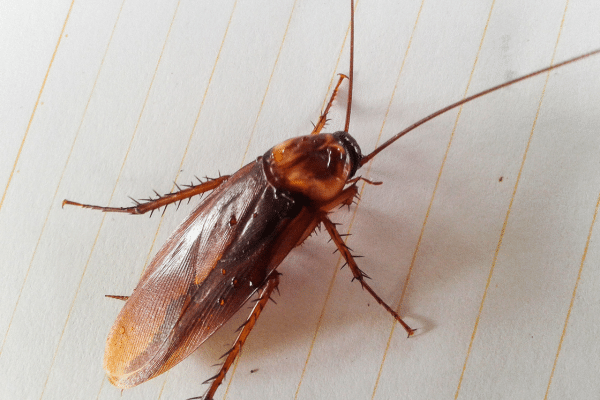
Cockroaches are synonymous with resilience and adaptability, traits that have enabled their survival across millennia. These insects can withstand extreme conditions, from high levels of radiation to significant periods without food or water. Their ability to adapt to a variety of environments has made them one of the most successful insect species on Earth. Cockroaches are nocturnal creatures, often hiding during the day and emerging at night to feed. They possess a rapid breeding cycle, which allows their populations to grow swiftly under favorable conditions.
Despite their reputation as pests, cockroaches play an essential role in the ecosystem, breaking down organic matter and recycling nutrients. They inhabit a range of environments, from tropical forests to urban dwellings, showcasing their incredible versatility. In some cultures, cockroaches are even used in traditional medicine or as food sources, highlighting their diverse significance. The study of cockroaches has also contributed to scientific research, offering insights into neurobiology, group behavior, and robotics.
Praying Mantises: The Predatory Priests
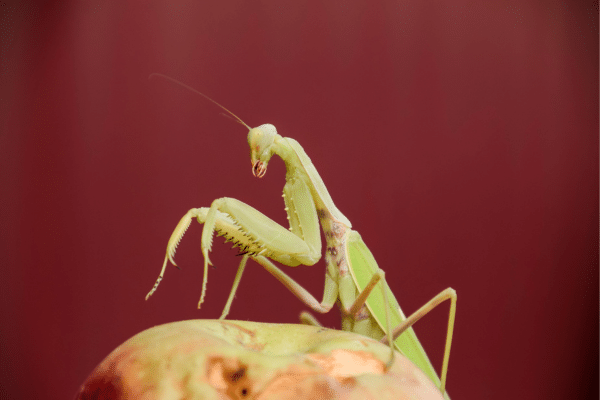
Praying mantises are renowned for their predatory skills, characterized by their distinctive “praying” stance. These insects are ambush predators, using their excellent camouflage to blend into surroundings and surprise their prey. Mantises have a wide range of adaptations for hunting, including their triangular heads, which can rotate 180 degrees, allowing them to scan their environment effectively. Their forelegs, equipped with sharp spines, are used to snatch prey with lightning speed. This combination of stealth and agility makes them one of the most formidable predators in the insect world.
The mating behavior of praying mantises is equally fascinating and notorious for its cannibalistic tendencies. In some cases, the female may decapitate and consume the male during or after mating, a behavior that has intrigued and horrified biologists. This extreme form of sexual cannibalism is thought to provide nutritional benefits to the female, enhancing her reproductive success. The life cycle and reproductive strategies of praying mantises, along with their unique hunting techniques, make them a subject of endless fascination and study in the field of entomology.
The Bottom Line
Insects, often overlooked or maligned, are central to this planet’s ecosystems. Their varied behaviors and adaptations demonstrate the complexity and resilience of life in even the smallest forms. From spiders weaving architectural marvels to the intricate metamorphosis of butterflies, each insect species plays a critical role in the ecological tapestry. The long-distance migrations of butterflies, the aerial acrobatics of dragonflies, and the survival strategies of cockroaches underscore the diversity and adaptability of these creatures. In understanding and appreciating the fascinating world of insects, it becomes clear that they not only contribute to ecological balance but also offer valuable lessons in innovation, resilience, and the interconnectedness of life.


